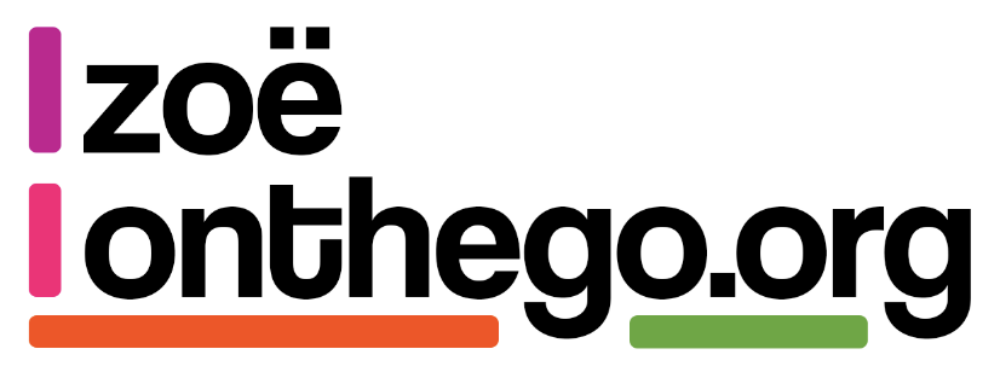Analysisng the role of the Business Analyst.
When we were looking at the Digital, Data and Technology (DDaT) roles and capabilities back in 2016, one of the roles we really struggled with was the role of the Business Analyst (BA).
Not because we didn’t agree that it was a role (because we absolutely did) but because we struggled to define the scope of the role in comparison to things like; Product Management, Design or User Research roles.
It’s one of the questions, that three years later still comes around regularly. Who is responsible for defining the requirements? What is the role of the BA?

The role of the BA in an agile team
One of the problems we had back when we were defining the BA role as part of the DDaT professions, was that the Government Digital Service didn’t have BA’s in their teams. Similarly, the original Scrum Manifesto only has 3 roles in an agile team, the product owner, development team members and scrum master.
Because traditionally, the BA acted as the link between the business units and IT, helping to discover the requirements and the solution to address them; when multidisciplinary teams bought those members together the role of the BA became less clear.
This has meant when adopting agile, different government departments implemented the role in slightly different ways. The biggest trap I have seen teams fall into was the BA getting stuck with all the admin roles for the project.
Roman Pilcher argued for those BA’s moving into Scrum there were two options, becoming the Product Owner, or becoming a ‘team member’.
While I agree that Business Analysts are a key member of a multidisciplinary team, I disagree with this assumption that everyone on an agile team who isn’t the scrum master or the PO is simply ‘a team member’ I think the Business Analyst is a critical role (especially for Product Managers!) that brings unique skills to the team.
So, first things first let’s look at what requirements are in the agile space.
Certainly, within digital government at least, we use a user centric design approach. We are developing products and services that fix the problems that our users are facing. We are identifying user needs and testing and iterating those throughout the product development lifecycle. A lot of the time this conversation about ‘user needs’ has replaced the more traditional conversations about ‘requirements’. Which is good in some ways, but has also led to a bit of confusion about what Business Analysts do if it’s not gathering requirements. Who owns the requirements now?
Are user researchers responsible for gathering the requirements from external users (user needs), whereas Business Analysts are responsible for gathering requirements based on what the business needs (sometimes called business user needs)?
That line of conversation worries me, because it suggests that we don’t need to carry out user research on internal staff, it forgets that internal staff are users too.
So, what is the role of the BA?
In my experience the conversation about who is responsible for gathering requirements is symptamatic of the limitations of the English language, and our obsession with ‘ownership’.
User researchers primarily focus on gathering more qualitative data; why users behave the way they do, how things are making them feel; probing their views and opinions to understand what it is they actually need etc. They will help understand who they users are and verify what the users need. They will work with the team to test design assumptions and help ensure the options being developed meet user needs.
Business Analysis primarily focus on gathering the more quantitative data about the process; both the ‘as is’ process, and the future process we are designing. They work to understand how many users are being or will be affected? What are the cost/time impacts of the problem as identified? What value could be gained through the implementation of any of the options the team are considering?
They help identify the stakeholders that will need to be engaged, and how to best engage with them. They will turn the user needs into user stories that the team can develop and identify the metrics and success criteria for the team to help them measure value.
Where you have a Product or Service that is live and being used by real users, the BA will work with Performance Analysts to understand the feedback data coming from the users.

User Researchers and Business Analysts will often work closely together, while BA’s will use tools like process mapping to identify pain points, user researchers will work with them to map the emotions users are experiencing so that we can fully understand the impact of our current processes and the value we can release by fixing the problem. When User Researchers are planning in research sessions etc., they will often work with BA’s to get the data on where best to test in terms of locations or user groups.
Good Product Managers will use both the Quantitative and Qualitative data to help them pick which options to test. Designers will help both the user researchers and business analysts look at the data and design prototypes etc. to test with users.
For me, each role is clear in its scope, and their need to work together to identify the right problems users are facing and the best way to test those; and it’s not about what individual owns the requirements, because the answer is the team do.


Comments
One response to “What is the role of Business Analysts within agile?”
Spot on Zoe. Thanks for writing this blog. From my experience, this describes well the way we’re working with BAs in DWP right now on Digital product development and delivery.